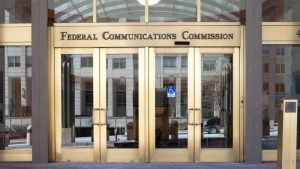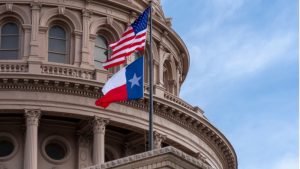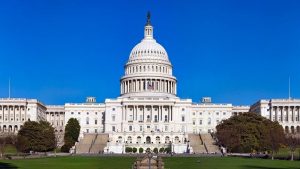UMass Dartmouth has received a $500K grant that will be used to create an Intelligent Industrial Robotics and Cybersecurity Testbed, which will prepare students for cyber careers and expose K-12 students to hands-on learning opportunities.
The National Academy of Public Administration (NAPA) on August 8 released a new report for the U.S. Social Security Administration (SSA) on current and potential sources of state death data used by Federal agencies for program administration and payment integrity and pointing to ways for better government cooperation in the sharing of that data.
The Federal Communications Commission (FCC) has launched the “Your Home, Your Internet” pilot program designed to raise awareness of the Affordable Connectivity Program (ACP) among households receiving Federal housing assistance.
The City of Round Rock, Texas – a city north of Austin – has appointed Ramsey Saad to serve as its chief information officer (CIO), leading the city’s Information Technology Department.
Valley City State University (VCSU) launched the Viking Mobile ID platform allowing students and faculty to access campus buildings and purchase meals more conveniently, safely, and securely.
Sen. Maggie Hassan, D-N.H., introduced legislation on August 4 that aims to strengthen the cybersecurity posture of small businesses by providing funding to Small Business Development Centers that will help businesses with security.
Reps. Tim Walberg, R-Mich., and Peter Welch, D-Vt., have joined with Sens. Roger Wicker, R-Miss., and Ben Ray Luján, D-N.M., to introduce the Proper Leadership to Align Networks (PLAN) for Broadband Act, which calls on President Biden to develop a national broadband strategy.
The National Association of Counties (NACo) has released a new simplified guide that will help local officials understand the impact of technology by geographic area, with the theme of Geographic Information Systems (GIS). Some of the ways in which this new guide will help local officials include providing better insight on resident demographics, understanding economic […]
Sen. Mitt Romney, R-Utah, has proposed establishing a new health data agency to improve access to impartial and objective public health data, with the payoff of bolstering infectious disease intelligence and preparedness.
Russ Nichols, the deputy state chief information officer (CIO) and deputy director of the California Department of Technology (CDT), plans to retire in early November, a department spokesperson told MeriTalk State & Local.













